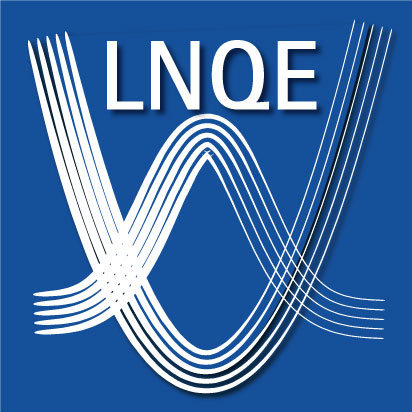Photocatalytic watersplitting at hematite nanostructures
| Leitung: | D. Bahnemann |
| Team: | I. Kretschmer |
| Jahr: | 2013 |
Hematite (α-Fe2O3) is discussed to be a promising material for the fabrication of photoanodes for the oxygen evolution from water in photoelectrochemical (PEC) cells. To overcome inherent limitations of this material nanostructuring has been proposed. Thus, the optimization of the morphology of hematite photoanodes is the ultimate goal of this project. Hematite with controlled ordered mesoporosity, large surface areas and highly crystalline walls will be synthesized by a novel sol-gel approach (“brick and mortar”), electrochemical deposition and deposition in a 3D-mesoporous conductive indium-tin oxide (ITO) network. All the obtained nanostructures will be photo-electrochemically characterized in detail and charge carrier dynamics will be studied employing laser flash photolysis and stopped-flow techniques. Since it is known that under irradiation with light of wavelengths smaller than the band gap energy of hematite photodissolution of iron(II) can occur and this might possibly alter the morphology of the photoanode and their photoelectrochemical characteristics, the dissolution-precipitation mechanism will be analyzed and methods to improve the long-term stability of the anodes will be elaborated.








